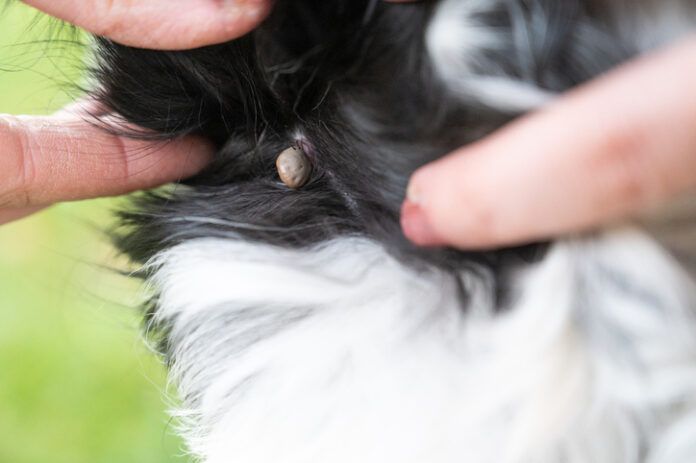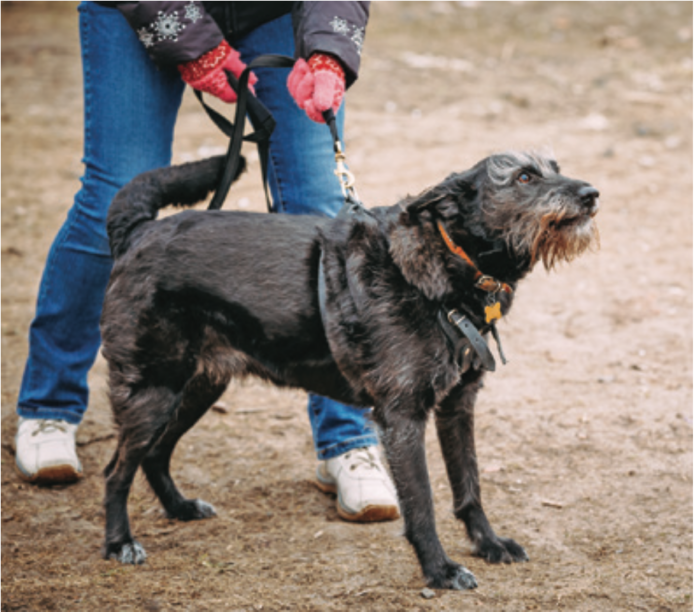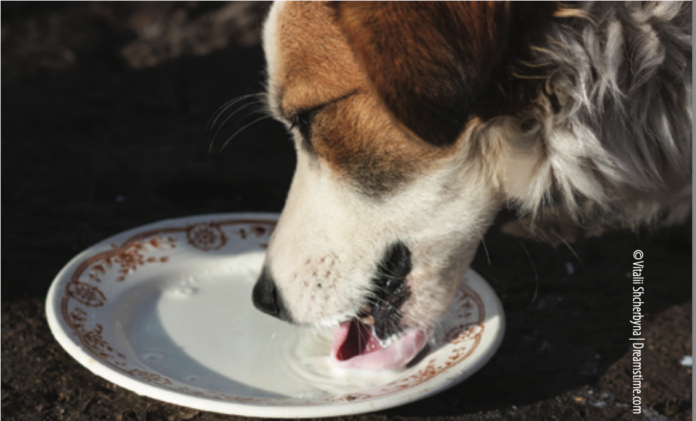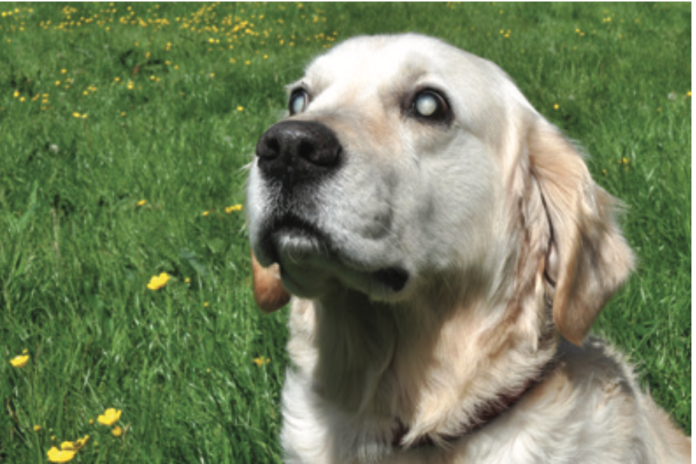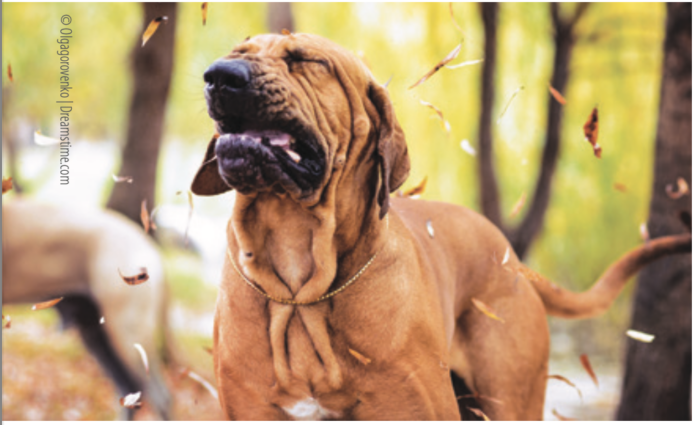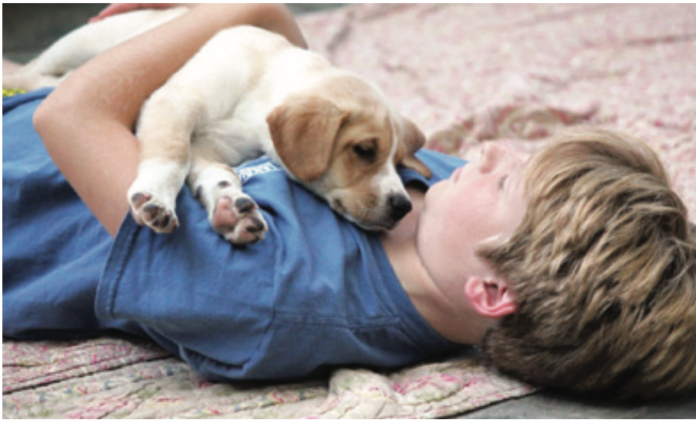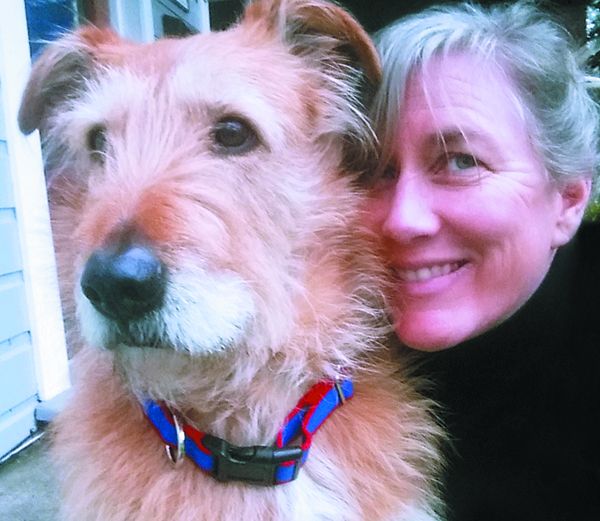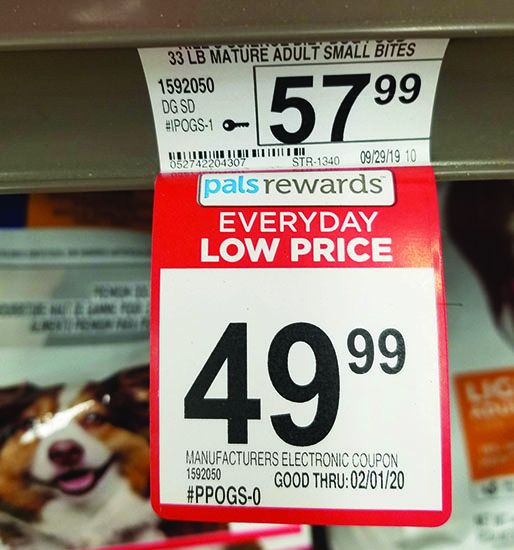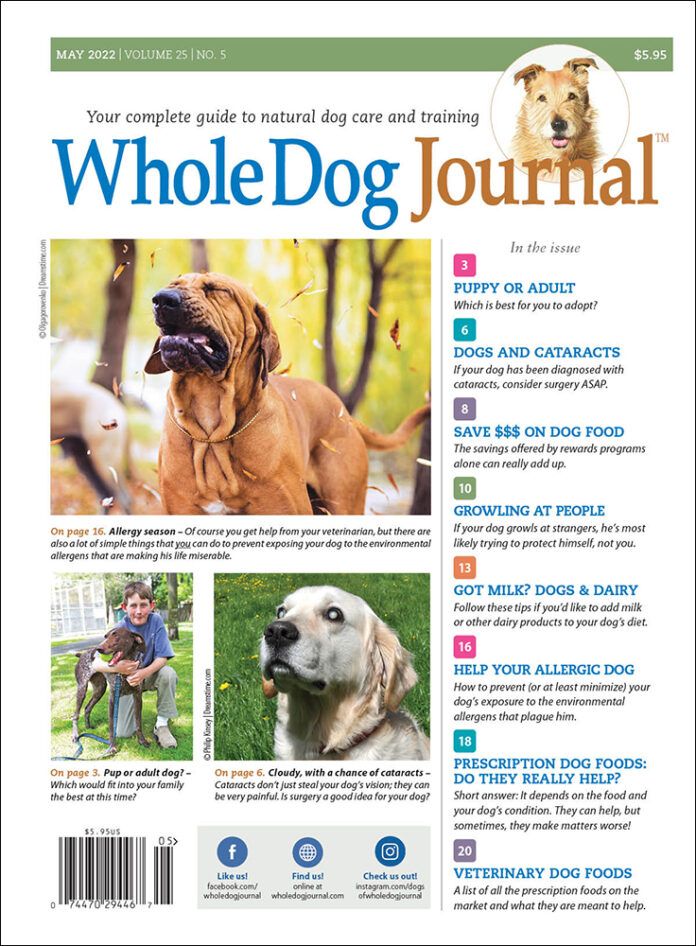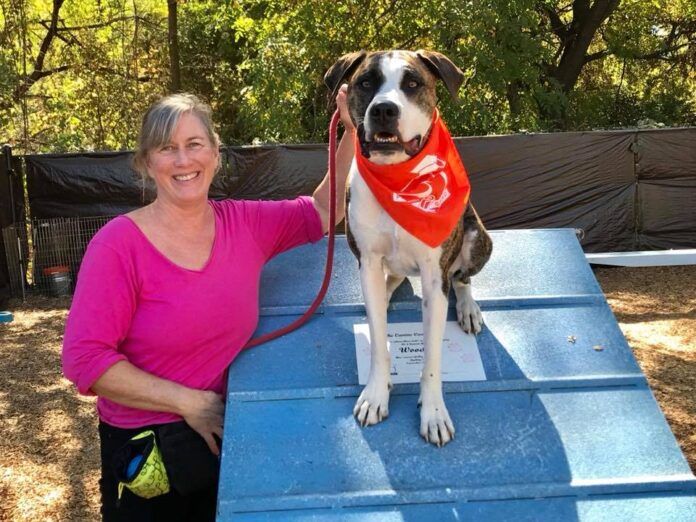I’m just back from a week’s vacation, wherein my husband and I picked up his grandson from a suburb of Boston and drove to Gettysburg National Military Park in Pennsylvania to indulge in said grandson’s fascination with the Civil War. We took a hike in Connecticut (on the way) and took several hikes all around the battlegrounds of Gettysburg, on wide, gravel trails and small, forested paths alike. One night in our hotel, after walking all over the hills and trails in Gettysburg, I felt something crawly and found a big dog tick walking along my forearm. Ack! I flushed the tick down the toilet and told my husband and grandson to be alert for ticks on themselves, too.
I honestly thought no more about it until this morning, when I read a 2021 article that a Pennsylvania friend had just shared about the detection of a new strain of Rikettsia, a potentially deadly disease affecting both dogs and people. The new strain of this tick-borne disease was first detected in a handful of dogs who either lived in or had recently visited southern states. I was not bitten by the tick, so I know I don’t have to be worried for myself, but any new tick-borne disease is bad news that dog owners in particular should be aware of.
Ticks can carry quite a few pathogens that can cause disease in dogs and humans. Some of these pathogens are viruses, some are bacteria, and some are protozoa (single-celled animals). Rikettsia are very small bacteria species that grow inside the living cells of their hosts. Different strains of Rikettsia are responsible for diseases such as Rocky Mountain Spotted Fever and various strains of typhus.
The new strain of Rikettsia has likely been around for a while, but researchers identified it as a novel species only in 2020, after obtaining laboratory samples from tests conducted on dogs who had been diagnosed in 2018 and 2019 with Rikettsial diseases and certain symptoms (fever and specific hematological abnormalities). Researchers obtained DNA gene sequences from canine blood specimens that were seroreactive for R. Rickettsia and found identically unique genetic markers in samples from three dogs who had been bitten by ticks in three different states (Tennessee, Arkansas, and Oklahoma). After extensive analysis, it was determined that these three dogs had been affected by identical and never-before identified strains of Rickettsia. Additionally, the new strain was found to be related to two strains of Rickettsia that affect humans (R. heilongjiangensis and R. massiliae). The researchers concluded that this unique Rickettsia species has clinical significance for dogs and potentially humans. The disease caused by this species, they warn, could be underdiagnosed and geographically widespread.
The good news is that this strain, like other Rikettsia species, can be successfully treated with the antibiotic doxycycline; sometimes, more than one course of treatment is required. However, this presumes prompt detection of the infection (via PCR test for Rikettsia). Sometimes, dog owners need to push for this testing, as TBDs are not always the first thing that comes to mind when vets are faced with the varied array of symptoms and biochemistry abnormalities that TBDs can cause. Sometimes, additional medications ar required to treat side effects. For example, one of the three dogs whose novel infections were first detected (a Boston Terrier who lived in Illinois, but apparently got bitten by an infected tick on a trip to Arkansas) was treated with doxycycline to treat his rickettsiosis, prednisone to treat potential immune-mediated component, omeprazole to prevent gastric ulcers (doxycycline can be notoriously hard on a dog’s digestive tract, causing many dogs to stop eating during treatment), and metronidazole to treat “assumed dysbiosis” (disruption to the microbiota homeostasis caused by an imbalance in the microflora, i.e., super upset gut balance caused by the doxycyline).
Some readers of WDJ have complained that we promote the use of topical pesticides that repel and/or kill ticks (such as this recent one that listed all of the better flea and tick preventatives currently on the market). In truth, we want dog owners to know as much as possible about the tools that are available, so they can choose appropriate tactics for protecting their dogs from fleas and ticks, based on their dogs’ individual health conditions and environment. We do not advocate for pesticide use on all dogs, but we do want owners to be aware of the risks of failing to adequately protect the dogs who are at high risk of parasites and the deadly diseases that they (ticks in particular) carry. Tick-borne diseases are widespread, varied, and, left undiagnosed or inadequately treated, capable of making humans and dogs alike very ill – even killing them. It’s critical to prevent your dog’s exposure to ticks – and to get your dog tested for tick-borne diseases if he develops any symptoms of lethargy, fever, lameness, or lack of appetite after being exposed to ticks.
References:
https://www.ncbi.nlm.nih.gov/pmc/articles/PMC7706976/


